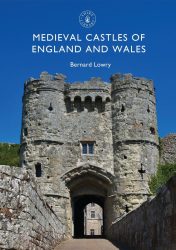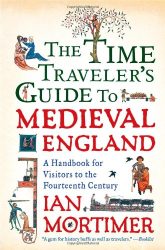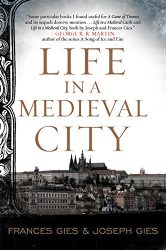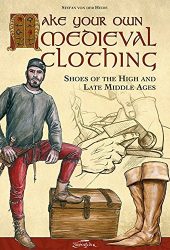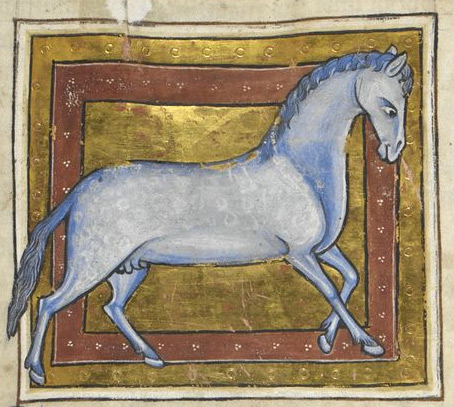
Medieval Stable Masters and Grooms (or stable boy, hand, or lad) were responsible for all aspects of managing horses and stables. While stable masters were usually in charge or owned larger establishments, grooms worked for private residences.
The grooms were the ones that cleaned the stables, fed the horses, and exercised them. They were usually “on call”, ready to prepare the horses when a family member wished to ride.
The world’s oldest stables can be found in Egypt, they were established by Ramses II (1304-1237 BC) and could house some 480 horses at a time. During the Middle Ages, stables were also used as a temporary accommodation of courier horses and for breeding them for battle.
History of Grooms
Grooms have probably existed, in one way or the other, since the horse was first domesticated. The world’s oldest stables were found in Egypt, and are believed to have been established by Ramses II (1304-1237 BC) to breed horses for war, hunting and recreation. It’s believed that these stabled could house some 480 horses at a time! Horses were also a large part of the Roman empire, with stables sometimes made of marble.
The word “groom” is believed to derive from the English word “grome“, which around the year 1225 meant boy child, boy, or youth. It could also be related to the growan “grow” or from Old French grommet “servant”. The word was originally grander in status as it was linked to the English Royal Households. For example, the Groom of the Chamber, of the Robes, or of the Stool. From 1667 on, groom means “man servant who attends to horses“. Not all rooms were male, however, as sometimes girls and women did the job as well.
Keeping horses in prime condition was vital to the economy of a household. The quality of the stables was sometimes even better than that of other farm buildings. All medieval English kings had their own stables of horses for the use of their immediate household and themselves.
The Job of a Groom
A large segment of the population had occupations that used or cared for horses.
In most great houses, the marshal was in charge of all matters relating to horses. This included managing the stables hiring grooms, arranging for the fodder, and assisting in buying and breeding horses. The constable (count of the stable) kept order in the stables and yard. The specialist in animal hoof care was the farrier. Other horse-related jobs included courses, dealers, traders, hockneymen, and tinkers.
Grooms had several responsibilities. They had to keep the stables clean, feed and exercise the horses, and of course… groom them.
Grooms had to be available during specified hours in case a member of the family wanted to ride. Grooms of the Stables were appointed by the master of the horse.
The King’s horses were looked after by an official called the Master of the King’s Horses. In his absence, would be looked after by grooms and lesser household officials. The animals were highly prized and required a lot of care. In winter, horses were given half a bushel of oats (32lbs) every day, in addition to three loaves of horse bread!
Books about Medieval Life
More Medieval Occupations

Medieval Minstrel
Medieval minstrels sang, played musical instruments, and told engaging stories. Here’s what life was like for a minstrel in the Middle Ages.
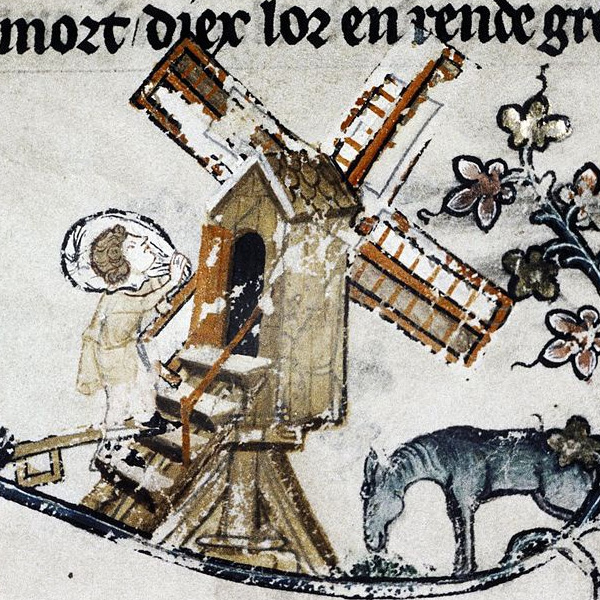
Medieval Miller
Millers were some of the most important tradesmen in the Middle Ages. Learn more about this medieval profession and how millers lived.
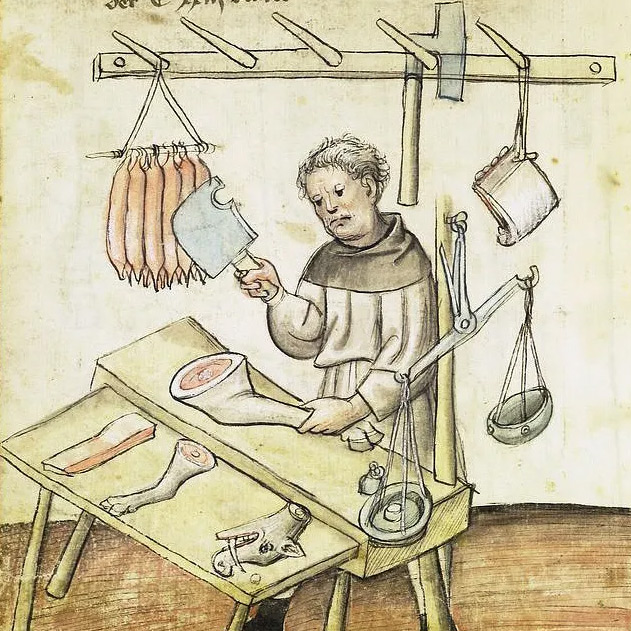
Medieval Butcher
Middle Ages butchers prepared meat, fish, and fowl for the people in a castle or a city. They sometimes had stalls in a marketplace.
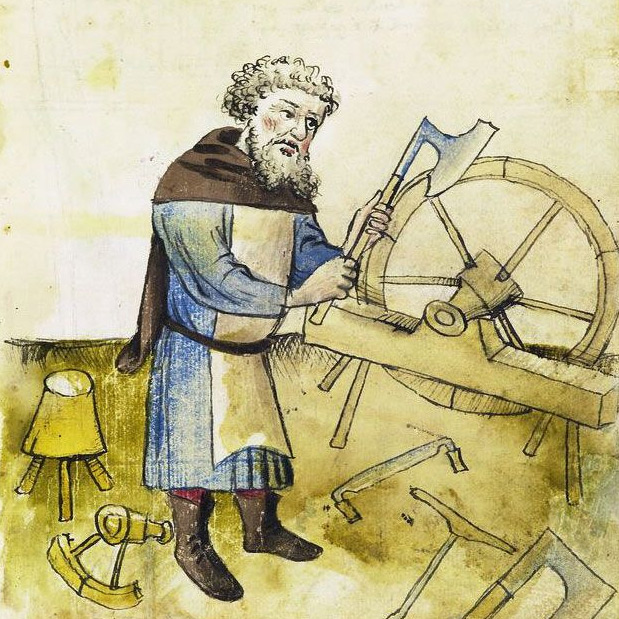
Medieval Wheelwright
Medieval candlemakers made candles from materials such as fat, tallow and beeswax.

Medieval Shoemaker
Medieval candlemakers made candles from materials such as fat, tallow and beeswax.
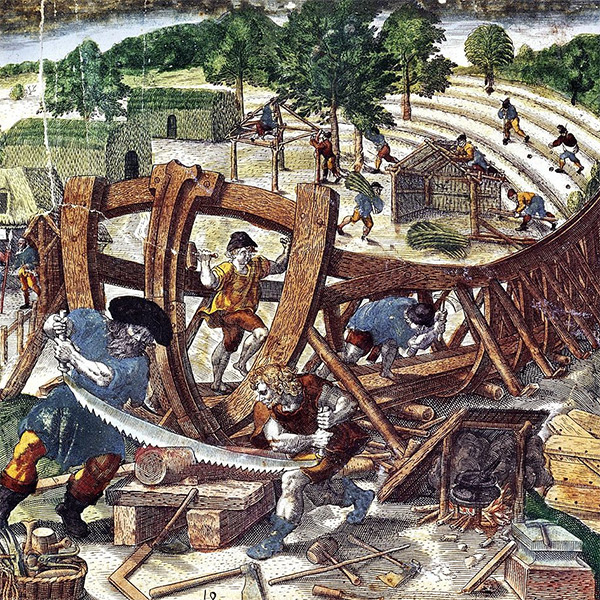
Medieval Shipwrights and Shipmaking
Being a sailor in the middle ages meant living a lonely and difficult life, as they would often set sail for months or even a year at a time.


